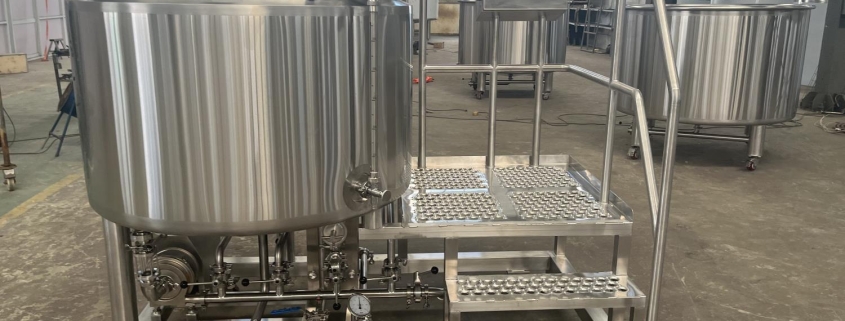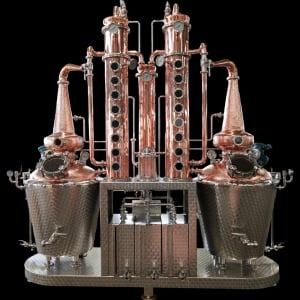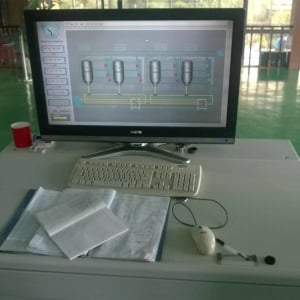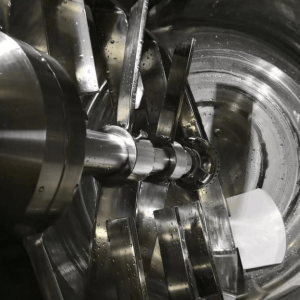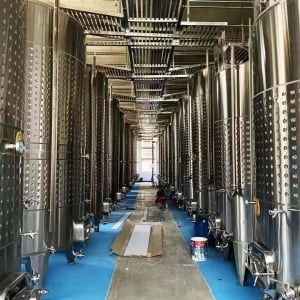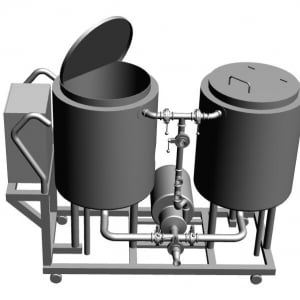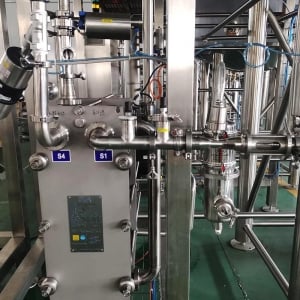Fermentador de Kombucha
Kombucha has taken the health world by storm. If you’re looking to dive into the world of kombucha brewing, understanding the fermentador de kombucha (kombucha fermenter) is crucial. This guide will walk you through everything you need to know about choosing, using, and maintaining a kombucha fermenter.
Overview of Fermentador de Kombucha
Fermentador de kombucha, or kombucha fermenter, is a specialized container designed for brewing kombucha, a fermented tea beverage. These fermenters come in various shapes, sizes, and materials, each offering unique advantages and challenges. Let’s delve into the key details you need to know about these fermenters.
Key Details of Fermentador de Kombucha
- Material: Common materials include glass, ceramic, stainless steel, and food-grade plastic.
- Size: Fermenters can range from small, one-gallon containers to large commercial-sized tanks.
- Design: Some fermenters come with built-in spigots, while others are simply open-mouth jars.
- Cost: Prices vary widely depending on material, size, and additional features.

Guide to Kombucha Fermentation Equipment
Choosing the right equipment is essential for successful kombucha brewing. Here’s a detailed guide to help you navigate through the options.
Types of Kombucha Fermenters
| Type | Material | Size Range | Key Features | Price Range |
|---|---|---|---|---|
| Glass Fermenter | Glass | 1-5 gallons | Transparent, inert, easy to clean | $20 – $100 |
| Ceramic Fermenter | Ceramic | 1-10 gallons | Aesthetic, maintains temperature well | $50 – $200 |
| Stainless Steel Fermenter | Stainless Steel | 5-20+ gallons | Durable, hygienic, commercial use | $100 – $500+ |
| Plastic Fermenter | Food-grade Plastic | 1-15 gallons | Lightweight, affordable, versatile | $10 – $50 |
Brewing Process with Fermentador de Kombucha
Brewing kombucha involves several steps, and each requires careful attention to detail. Here’s a step-by-step guide to the brewing process.
1. Preparation
Begin by preparing sweet tea. Boil water, dissolve sugar, and steep tea leaves. Once the tea has cooled, pour it into your fermenter.
2. Adding the SCOBY
SCOBY (Symbiotic Culture of Bacteria and Yeast) is the heart of kombucha brewing. Carefully add the SCOBY to the sweet tea along with some starter liquid.
3. Fermentation
Cover the fermenter with a breathable cloth to allow air circulation while keeping out contaminants. Let the mixture ferment at room temperature for 7-14 days.
4. Bottling and Second Fermentation
After the initial fermentation, taste the kombucha. If it’s to your liking, bottle it. For added flavor and carbonation, you can perform a second fermentation by adding fruits or spices and sealing the bottles for another few days.
5. Storage
Store the bottled kombucha in the refrigerator to halt fermentation and enjoy it chilled.
Capacity, Space, Design, Layout, Customization
| Capacity | Space Requirement | Design Features | Customization Options |
|---|---|---|---|
| 1-5 gallons | Small countertop space | Transparent, easy to monitor | Limited customization |
| 5-10 gallons | Moderate space needed | Often includes spigot | Options for size and shape |
| 10+ gallons | Large, dedicated space | Durable, often commercial-grade | Extensive customization possible |
Suppliers and Price Range
| Supplier | Price Range | Special Features |
|---|---|---|
| Kombucha Kamp | $20 – $300 | Wide range, quality materials |
| Brew Your Bucha | $30 – $250 | Custom designs, beginner kits |
| The Kombucha Shop | $25 – $200 | All-in-one kits, accessories |
| Local Craft Stores | $10 – $100 | Budget-friendly, basic options |
Installation, Operation, Maintenance
| Aspect | Description |
|---|---|
| Installation | Place the fermenter in a clean, well-ventilated area away from direct sunlight. |
| Operation | Follow the brewing steps carefully, ensuring cleanliness at all stages. |
| Maintenance | Regularly clean the fermenter with non-abrasive tools, and inspect for wear. |
Choosing the Right Supplier
Selecting a reliable supplier is crucial for a successful brewing experience. Here’s a guide to help you make the best choice.
| Criteria | Details |
|---|---|
| Reputation | Look for suppliers with positive reviews and a solid reputation. |
| Quality | Ensure the materials used are food-grade and durable. |
| Customer Support | Choose suppliers that offer robust customer support and warranty. |
| Price | Compare prices across suppliers to find the best value for your budget. |
Comparing Pros and Cons
| Type | Pros | Cons |
|---|---|---|
| Glass Fermenter | Easy to clean, non-reactive, visually appealing | Fragile, can be heavy |
| Ceramic Fermenter | Aesthetic, good temperature control | Expensive, can crack |
| Stainless Steel Fermenter | Durable, hygienic, suitable for large batches | Expensive, not transparent |
| Plastic Fermenter | Affordable, lightweight | Can retain odors, potential chemical leaching |
Technical Specifications and Considerations
| Parameter | Description |
|---|---|
| Material Safety | Ensure the fermenter is made of food-safe materials. |
| Capacity | Choose based on your brewing volume requirements. |
| Ease of Cleaning | Opt for fermenters that are easy to clean and maintain. |
| Durability | Consider the lifespan and resistance to wear and tear. |
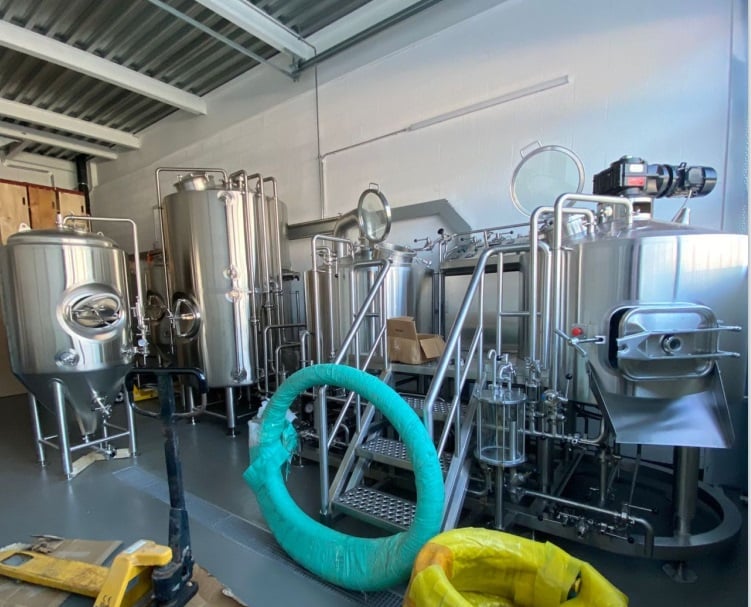
FAQ
| Question | Answer |
|---|---|
| What is the best material for a kombucha fermenter? | Glass and stainless steel are preferred for their non-reactive properties and durability. |
| How often should I clean my kombucha fermenter? | Clean your fermenter after every batch to prevent contamination and maintain hygiene. |
| Can I use a plastic container for kombucha fermentation? | Yes, but ensure it is food-grade and BPA-free to avoid chemical leaching. |
| How do I know when my kombucha is ready? | Taste it after 7 days. It should be slightly sweet and tangy. Adjust fermentation time as needed. |
| Can I reuse the SCOBY? | Yes, a SCOBY can be reused multiple times for continuous brewing. |
Conclusion
Brewing kombucha is both an art and a science. Choosing the right fermentador de kombucha is crucial to your success. Whether you opt for glass, ceramic, stainless steel, or plastic, each type offers unique benefits. By understanding the brewing process, maintenance requirements, and selecting a reputable supplier, you can enjoy delicious, homemade kombucha with ease.

